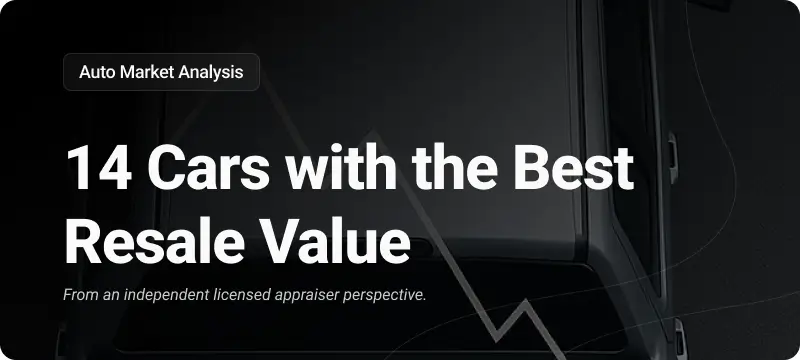When your vehicle is professionally repaired after an accident, it might look flawless — but that doesn’t mean it’s worth the same as before the crash. This article explores why diminished value still applies even after high-quality repairs and breaks down how insurance companies use this to their advantage. By the end, you’ll understand how your car’s value is affected, what common myths insurers use to deny your claim, and what you can do to protect your financial loss.
Inherent Diminished Value vs. Repair-Related Loss

Even Factory-Quality Repairs Can’t Erase History
You could take your car to the best collision shop in town, but it won’t change the fact that it has an accident history. Even when repairs are flawless, the vehicle’s past collision gets recorded, lowering its resale appeal. That drop in market value is what we call inherent diminished value.
Understanding Inherent Diminished Value
Unlike repair-related loss (which comes from poor or incomplete repairs), inherent diminished value is based on perception. Buyers, dealers, and insurers know the car was damaged — and that alone is enough to reduce what they’re willing to pay. It doesn’t matter if the car drives like new. The stigma lingers.
Why a Clean Repair Doesn’t Restore Full Value
The Impact of Vehicle History Reports (e.g., Carfax)
Modern tools like Carfax and AutoCheck make accident history public and permanent. Even if the repair was perfect, a buyer looking at your car’s report will see “accident reported” — and likely walk away or negotiate a lower price.
Market Perception: Buyer Hesitation and Lower Offers
Think of it this way: Would you pay the same for a car that was once wrecked? Most buyers won’t. Private buyers and dealerships both apply a discount — sometimes thousands of dollars — just because the car is no longer considered “clean.”
Dealerships and Trade-In Assessments
Dealers rely on auction resale value. If your car has a history, it’s worth less to them on trade-in, no matter how good the repairs are. Many dealers factor this in automatically with software, leading to instant deductions in trade value.
Common Misconceptions Used by Insurers
“Your Car Was Restored to Pre-Accident Condition”
Insurers often argue that repairs restored your car fully. But pre-accident appearance is not the same as pre-accident value. Courts in many states recognize this difference and allow diminished value claims even after proper repairs.
“There’s No Proof of Market Loss”
Another tactic is saying you haven’t actually lost money because you haven’t sold the car. But diminished value is about what you could sell it for today, not just after you sell it. Expert appraisals can prove this loss.
How These Arguments Undermine Valid Claims
These tactics are designed to delay, deny, or reduce what insurers owe. By confusing policyholders or relying on vague policy language, many companies avoid paying diminished value — unless you’re informed and push back with evidence.
Final Thoughts: Diminished Value Is Real — Even After Great Repairs

A clean repair doesn’t mean a clean slate. Buyers see accident history as a red flag. And insurance companies know it — even if they don’t want to pay for it.
If you’ve recently been in an accident, especially if the other driver was at fault, you may be entitled to compensation for diminished value. The key is understanding your rights, documenting your claim thoroughly, and getting a professional appraisal if needed. Don’t let a “perfect” repair fool you into thinking your loss is over.





